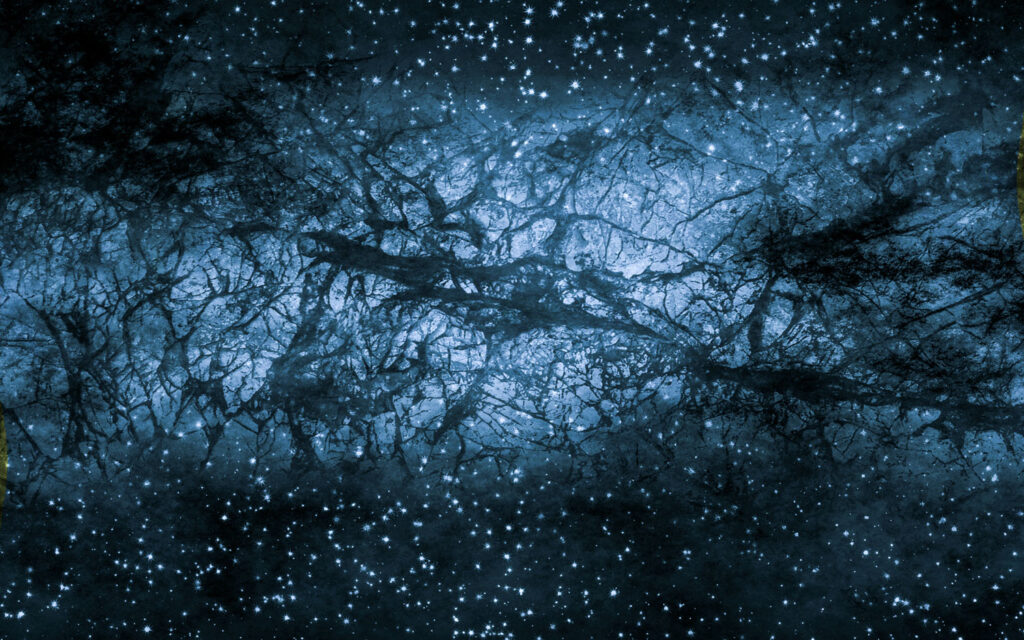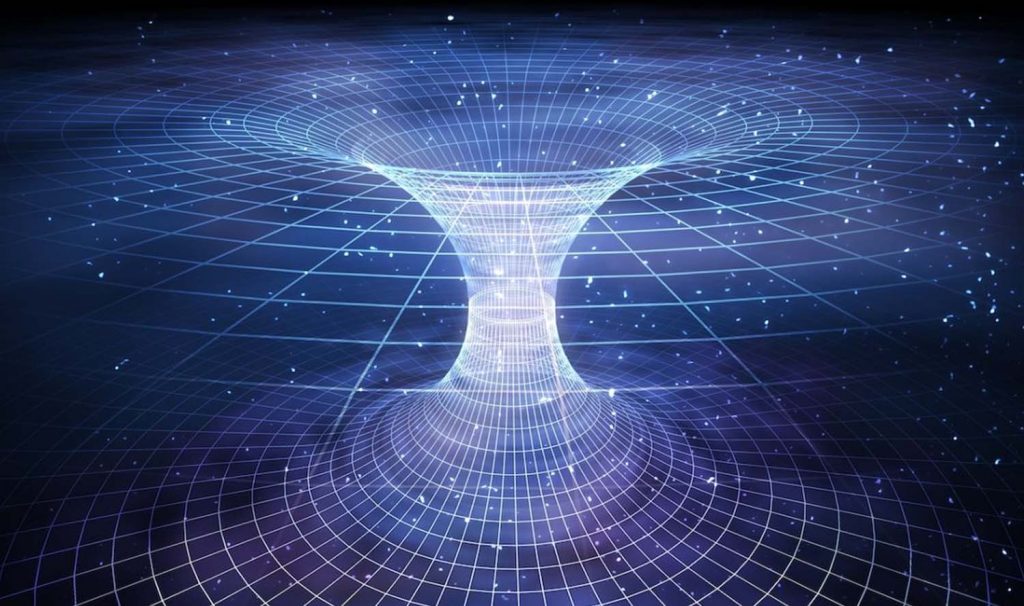
Maa Kali: Time’s Sacred Dance
In the realm of Hindu mythology, one deity stands out for her unparalleled power, ferocity, and transformative nature – Maa Kaali. Also known simply as Kaali, she is a goddess revered for her fearlessness and the ability to destroy evil forces.
In this blog article, we will explore the fascinating world of Maa Kali, her symbolism, mythology, and the profound spiritual lessons she imparts. In Maa Kaali, Maa represents mother, so most of the feminine goddess in Hinduism has been addressed as mother whether she is Maa Kaali or Maa Durga or Maaa Laxmi.
The Symbolism of Maa Kali
- The Dark Goddess: Maa Kaali is often depicted as a fearsome goddess with a dark complexion, which symbolizes her transcendence of all material forms and the limits of human perception. Her darkness represents the eternal void from which all creation emerges and ultimately returns.
- Tongue of Fire: One of the most iconic features of Maa Kaali is her protruding tongue, which is usually depicted dripping with blood. This symbolizes her insatiable thirst for the blood of ignorance and ego. Her fiery tongue devours the impurities and delusions of her devotees, leaving behind only truth and clarity.
- Multiple Arms: Maa Kaali is often portrayed with multiple arms, each holding a different weapon or symbol. These arms represent her boundless power and her ability to simultaneously protect and destroy. Her weapons, such as the sword and trident, are tools for cutting through attachments and removing obstacles from the path of her devotees.
- Garland of Skulls: Around her neck, Maa Kaali wears a garland made of skulls. Each skull represents the ego and the finite nature of human existence. By wearing this garland, she reminds her devotees of the impermanence of life and the need to transcend ego-driven desires.
The name Kaali comes out from Kaal which has two meanings in Sanskrit which is TIME and DARKNESS.
Time is attached to Space. So if you look into space then space is Dark and black, so kaal has two meanings DARKNESS and TIME according to sanskrit vedic language.
According to Einstein’s theory of relativity, time and space are not distinct entities; instead, they are interconnected dimensions. Time is considered the fourth dimension, existing alongside the three dimensions of space. In this framework, space and time coexist.
Scientific understanding further posits the existence of dark matter and dark energy, constituting approximately 95% of the universe. Only a small fraction, around 5%, is comprised of visible matter.

So our universe is mostly filled by darkness than light or visible substance.
So acceding to Vedic philosophy and Modern Physics Time and Space are not separate entitles.
Kali symbolizes the fusion of time and space, reflecting the intrinsic nature of the universe. The darkness associated with Kali equals to the actual darkness of space-time.
Every entity corresponds to a specific space-time and is a condensed form of energy, as explained by Einstein’s equation E=mc^2. Thus, space-time signifies existence, and everything that exists is a manifestation of energy. Kali, as the symbol of space-time, is also regarded as the epitome of energy, often referred to as ‘Shakti.’

In Vedic science, Kali is considered the Ultimate Shakti, and those who follow her are known as “Shaaktas.”
The fierce portrayal of Kali is symbolic of ‘kaal,’ time’s unforgiving and horrific nature.
Time, portrayed as Kali, spares no one no matter how much big or powerful he is, if that entity is in time space dimension time would destroy it and make it null. That’s how powerful and naked truth of time is.
Everything has a certain time in this universe and in the end it gets destroyed. Time also doesnt see how good or bad you are , whoever comes in the way of time it gets destroyed.

So if you see serials or videos when maa kali is invoked she destroys everything which comes in her away, no matter if he is an evil demon or a demi god. That’s the anger of maa kali and that’s the nature of time.
Kali’s lack of clothing is a reflection of time’s unapologetic presentation of reality. Time is raw, unyielding, and impartial, treating both good and bad times without discrimination.
It disregards niceties and protocols, presenting the unadulterated truth. Time has nothing to hide because, in the end, everyone belongs to it.
Why Shiva lays down under the feet of Kaali? What is the significance behind this?

In Vedic culture, Lord Shiva is revered as the Adi-yogi, the first Yogi who formulated the Yogasutra, a fundamental aspect of Hinduism. He holds the esteemed position of the greatest Yogi, and all Yogis pay homage to him before embarking on their spiritual practices.
Among various Sadhanas, the pinnacle is Kaala-sadhana, the Sadhana of Time. Success in this practice, or achieving “Siddhi,” grants control over one’s time, allowing an enlightened Yogi to choose the time of their departure from the body.
By conquering time through Saadhana, it becomes powerless over them. So personal who becomes beyond time or can control the time reaches to the top of priority.
In Vedic culture, Lord Shiva is revered as the Adi-yogi, the first Yogi who formulated the Yogasutra, a fundamental aspect of Hinduism. He holds the esteemed position of the greatest Yogi, and all Yogis pay homage to him before embarking on their spiritual practices.
Among various Sadhanas, the pinnacle is Kaala-sadhana, the Sadhana of Time. Success in this practice, or achieving “Siddhi,” grants control over one’s time, allowing an enlightened Yogi to choose the time of their departure from the body. By conquering time through Saadhana, it becomes powerless over them.
The depiction of Lord Shiva, the Adiyogi, lying under the feet of Kali symbolizes the universal truth that every practitioner must surrender to the influence of Time to transcend its power.
Even Lord Shiva, in his pursuit of Saadhana, acknowledges the supremacy of Kaali, the goddess of time, and seeks to overcome her influence. In Vedic science, Time is perceived as immensely powerful, being the source, raw material, and ultimate end of all creation.
In the yogic tradition, practitioners traditionally surrender to Lord Shiva before commencing their Sadhana.
This symbolic act acknowledges Shiva’s mastery over time, the highest form of Siddhi for a Yogi, earning him the title of the ultimate Yogi or Adi-yogi.
He is referred to as the “Pati” of Kaali, denoting the Lord of Time, rather than simply a husband. This distinction underscores Shiva’s authority over time and his ability to command it.
The mythical romantic tales of Shiva and Kali’s marriage, propagated in some stories, are all bs.
Lord Shiva; or the Adiyogi under the feet of Kaali symbolizes the fact— Each and every Sadhaka has to surrender himself/herself to the feet of Time; to overcome its power.
Even Lord Shiva has to be under the feet of Kaali; i.e. the Time; and has to do Saadhana for it—to go beyond the power of Time. Time was considered this much powerful in the Vedic science.
Because, it was the source, the raw material, and also the end—of all creation. In yogic culture, each and every Yogi has to surrender to the Lord Shiva; before starting his Saadhana; in ancient days.
They had to surrender to the adi-yogi—who himself surrendered before ‘Kaali’ (the goddess of time), to overpower her.
Shiva overpowered time; the highest form of Siddhi for a Yogi—that’s why he is considered the ultimate yogi and the first complete Yogi, i.e. the adi-yogi. This is also the reason he is called ‘pati’ of Kaali; (or the lord of time) he is not called Swami of her. Swasmi means ‘husband’. Pati means Prabhu. The lord. Not the husband exactly. (That’s why when we say ‘Raghupati’; it means the lord of Raghabas. Not Husband of Raghabas.) Lord Shiva mastered the time; that’s why he was called the lord of time or ‘Patidev of Kaali’.
Mythology and Origins of MAA KAALI
The origins of Maa Kali can be traced back to the ancient texts of Hinduism, particularly in the Devi Mahatmya, a sacred scripture that narrates the tales of the goddess Durga and her various manifestations, including Kali. According to the mythology, Maa Kali emerged from the forehead of the goddess Durga during a battle against the demon Mahishasura. She was born out of the collective anger and rage of the gods, and her purpose was to defeat Mahishasura, a powerful demon who could not be killed by any man or god.
Maa Kali’s Role in Hindu Worship
Maa Kali is often worshiped by those seeking protection, courage, and the destruction of negative forces in their lives. Her worship is marked by intense devotion, rituals, and the recitation of mantras. One of the most famous and powerful mantras dedicated to her is the “Kali Maa Beej Mantra” , which is chanted to invoke her blessings.
In Bengal Kaali is also known as Bhadrakaali, the kind motherly nature of Maa Kaali
The spiritual lessons imparted by Maa Kali:
- Embracing Darkness: Maa Kali teaches us not to fear the darkness within ourselves. Instead, we should confront and transform our inner demons, turning them into sources of strength and wisdom.
- Transcending Ego: Her garland of skulls serves as a reminder that ego and attachment are obstacles on the spiritual path. To grow spiritually, we must transcend the limitations of the ego.
- Courage and Fearlessness: Kali embodies fearlessness and reminds us that, with her protection, we can confront and overcome any challenges that life presents.
- Destruction as a Form of Creation: Kali’s destructive nature is not malevolent; it is a necessary part of the cosmic cycle. Destruction makes way for new beginnings, and by embracing this aspect of life, we can facilitate our own growth and transformation.
Conclusion
Maa Kali, the fierce and formidable goddess of power and transformation, offers profound spiritual teachings that are relevant to seekers of all backgrounds.
She encourages us to confront our fears, destroy our inner demons, and transcend ego-driven desires on the path to spiritual growth. Through her worship and contemplation, one can find the strength and courage to face life’s challenges and emerge stronger, wiser, and more enlightened.
Maa Kali reminds us that even in the darkest moments, there is the potential for rebirth and renewal.
Kali symbolizes the death of the ego in the ultimate goal of human life in Hindu dharma — moksha (liberation from the cycle of rebirth).
Universe starts from maa kaali’s womb, then mother kaali takes it all in by destroying, this rise and death is all under maa kaali.
JAI MAHAKALI ( praise to the great goddess of time)
Here’s a few idols of Maa Kaali idols which you may like:
Buy Kali Maa Idol
This eco-friendly Kali Maa idol is made with high-quality material and perfect for your home or temple.
BUY AT AMAZON